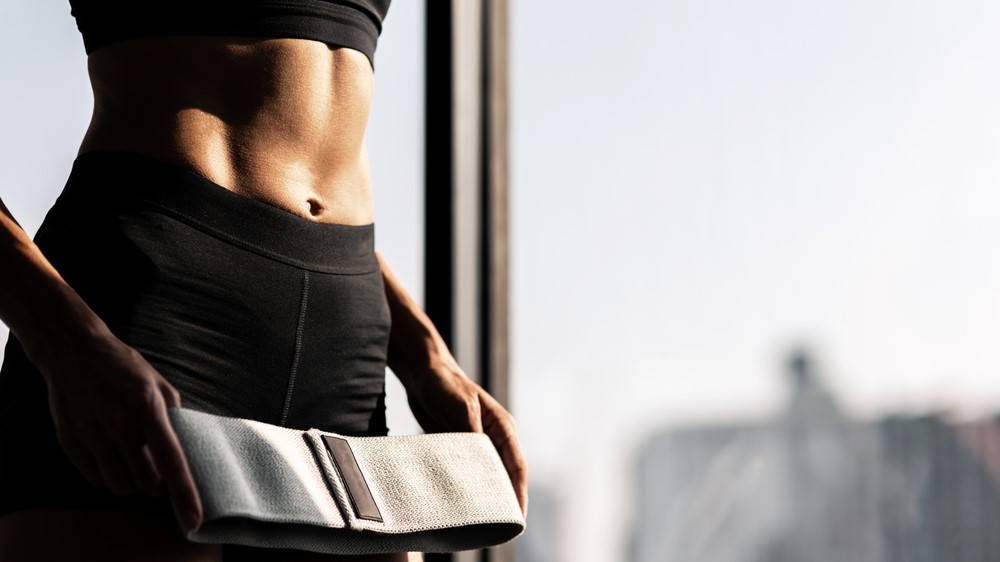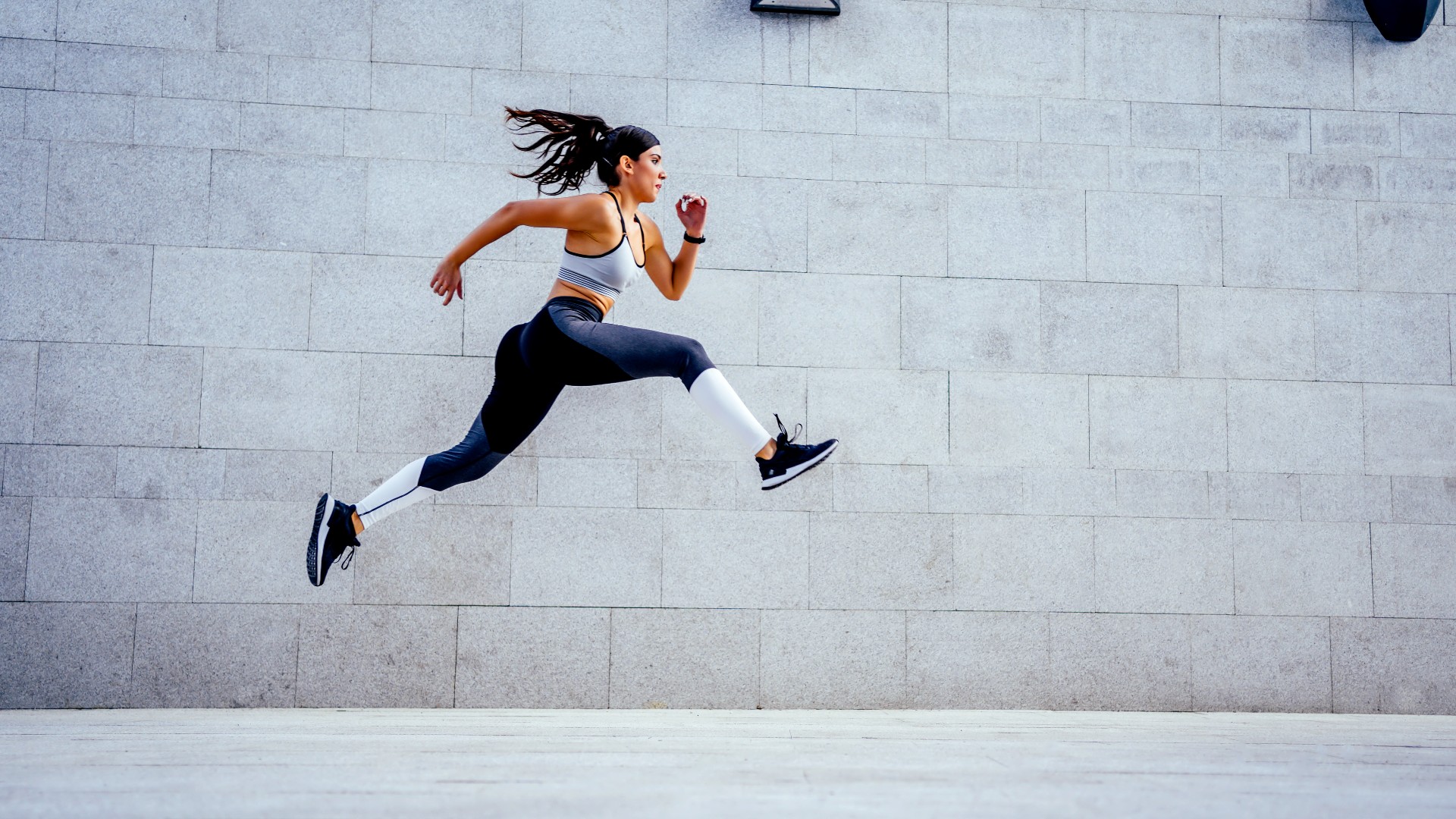
Are you trying to chisel defined oblique muscles and getting nowhere? Twisting and rotational torso movements like Russian twists and wood chops target your obliques, building strength and muscle in these sought-after muscles. But which plank exercises can target them just as effectively?
As a personal trainer, I often have clients ask me for new ways to mix up their planking game. Planks aren’t commonly associated with rippling obliques, but this is one of the best plank variations to target them, and it’s accessible to most people.
If you have any back complaints or suffer from sciatica, you might want to give this one a miss or at least check in with a personal trainer first. Ready? Let’s hop to it. This is one of the best plank exercises to scorch your obliques — guaranteed.
How to do plank hip dips
Welcome to plank hip dips — the one-stop shop for your obliques using a plank. Here’s how to do the exercise step-by-step.
- Start in a plank position, either on your forearms or in a high plank
- Engage your core and glutes — there should be a straight line from your head to your heels
- With control and without lifting your hands or elbows, slowly lower your hips to the left until they are hovering just above the ground
- Pause, then rotate back to your starting position and repeat on the right side
- Keep repeating, swapping sides each rep.
Benefits of plank hip dips
The core exercise uses rotational movement to target the oblique muscles, which run down the sides of your torso and form the external (superficial) and internal (a layer of deeper muscles underneath) obliques.
The exercise also hits the transverse abdominis — the deepest internal abdominal muscles — and the stabilizer muscles that support your body, including the shoulders and back muscles.
Our editor did 50 plank hip dips every day for a week — here’s the results if you want to learn more about the benefits and drawbacks.
Get instant access to breaking news, the hottest reviews, great deals and helpful tips.
Building various core muscles rather than focusing on your abs can be done using compound exercises, which means moves that target and strengthen more than one muscle group, like a plank. A strong core contributes toward flexibility, mobility and good-quality functional movement.
Are plank hip dips any good?
For most people, yes. I would program plank hip dips as part of core workouts or circuit training to help activate the oblique muscles. Your obliques need training because they’re responsible for supporting movements like twists and side flexion and must be strong to help the body move in various planes of motion — think bending to the side or turning to look behind you while sitting.
That said, if you struggle with sciatica or a back injury, I recommend clearing the exercise with a medical professional first, as many twisting motions can be off the table.
Although chiseled obliques help sculpt your waist, remember that muscle definition is hard graft to achieve, and unless you’re gifted with the genetics to help reveal your abs, many people find their stomach holds fat the most. In fact, research by Yale found a correlation between women with high cortisol (stress) levels and higher levels of abdominal fat storage.
And you can’t choose what part of the body loses weight (sigh), so try not to get sucked into promises of workouts that “shred fat from your stomach” or “six-pack revealing exercises.” You can train the muscles and program exercise toward fat loss, but factors like lifestyle and diet play a role. My editor covers 5 reasons you can’t see your abs yet, despite working out to help you decode the basics.

There’s a degree of balance required to do the plank hip dips successfully, and as I discuss when talking about the benefits of balance boards, controlling your body weight through an unstable range of motion requires muscles to recruit together to help you balance, improving communication skills between brain and body and recruiting muscles responsible for stabilization — the rotator cuffs responsible for your shoulders, for example, and deeper core muscles.
15-minute plank hip dips workout to try at home
The next time you’d like to attempt plank hip dips as part of a core workout, here’s a quick 15-minute core workout for your oblique muscles.
15-minute plank hip dips workout
Complete each exercise using a 45-second on and 15-second rest format, aiming for 4-5 rounds.
- Side plank (switch sides every round)
- Plank hip dips
- Plank toe taps
Switch sides during the side planks either halfway through your time cap or every round. Expect your waist to be set alight during this short core-torcher, and keep your stomach engaged and back straight at all times.
For an easier option during side planks, pop your top foot onto the ground or add hip dips to the exercise to challenge your core even more. You could hold a weight to your hip — we love using the best adjustable dumbbells — or start with your body weight if you’re a beginner.
During any plank exercise, your shoulders should stack over your wrists, and your hips should align with your shoulders without arching upward or dropping to the floor. But regardless of your fitness levels, always consult a physician if you’re starting a new exercise program or returning from injury, and stop if you experience any pain.
More from Tom's Guide
- Forget planks — this weighted ab workout targets your core in 4 exercises
- I did the 7-minute alligator walk every day for a week, here are the results for my abs
- I did the standing bicycle crunch for a week — here's what happened to my core.

Sam Hopes is a level 3 qualified trainer, a level 2 Reiki practitioner and fitness editor at Tom's Guide. She is also currently undertaking her Yoga For Athletes training course.
Sam has written for various fitness brands and websites over the years and has experience across brands at Future, such as Live Science, Fit&Well, Coach, and T3.
Having coached at fitness studios like F45 and Virgin Active and personal trained, Sam now primarily teaches outdoor bootcamps, bodyweight, calisthenics and kettlebells.
She also coaches mobility and flexibility classes several times a week and believes that true strength comes from a holistic approach to training your body.
Sam has completed two mixed doubles Hyrox competitions in London and the Netherlands and finished her first doubles attempt in 1:11.
